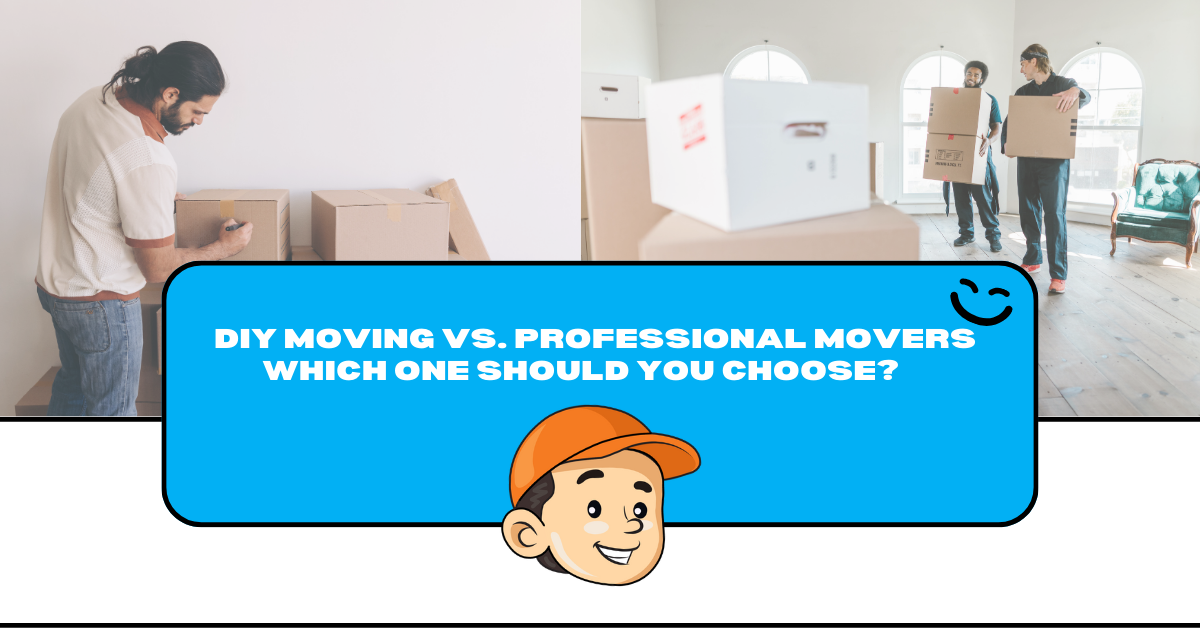Exploring Tampa's Flourishing Real Estate Landscape
Tampa, FL, is a city on the rise, and one of the most exciting prospects is the new construction homes popping up throughout the area. As the city expands, neighborhoods are evolving with new architectural designs and modern amenities that cater to diverse lifestyles.
Overview of Tampa's Real Estate Market Growth
The real estate market in Tampa, Florida has seen significant growth over recent years, driven by the city's appealing combination of vibrant culture, economic opportunities, and attractive climate. In 2022, Tampa was ranked as one of the fastest-growing cities in the United States, highlighting its rising population and housing demand.
Why New Constructions are Booming in Tampa
Several factors contribute to the boom in new construction homes:
- Desirable Location: Proximity to beaches, business districts, and cultural centers makes Tampa an ideal place for new residents.
- Economic Growth: With a thriving job market, Tampa attracts individuals and families looking for new career opportunities.
- Infrastructure Development: Investments in public transportation and road networks support the city's growing communities.
Benefits of Choosing New Construction Homes
New construction homes offer numerous advantages over older properties. From customizable layouts to the latest in energy efficiency, buying new means buyers can enjoy modern comfort without the worries of dated infrastructure. Additionally, these homes come with comprehensive warranties, reducing the stress of unexpected repairs for several years.
Advantages of Buying New Construction Homes
Investing in a new construction home offers a variety of benefits that appeal to both first-time buyers and seasoned homeowners. These modern homes incorporate the latest trends in architecture, technology, and sustainability, ensuring long-lasting value and livability.
Enhanced Architectural Appeal
New construction homes in Tampa present a canvas of contemporary design paired with traditional Florida charm. Key features include:
- Open floor plans: These spaces promote better flow and usability, perfect for both entertaining and family living.
- High ceilings and large windows: Designed to maximize natural light, these elements enhance the home’s aesthetic and energy efficiency.
- Quality materials: Builders use top-grade materials, ensuring durability and a timeless look.
Additionally, many builders offer customization options, allowing buyers to tailor floor plans, finishes, and fixtures to their preferences. This level of personalization ensures that each home truly meets the buyer's vision.
Energy Efficiency and Modern Technology
Modern homes are built with energy efficiency in mind, reducing both environmental impact and utility costs. Important aspects include:
- Energy-efficient appliances: Many new homes feature ENERGY STAR® rated appliances that conserve electric and water usage.
- Advanced insulation techniques: Cutting-edge insulation helps maintain comfortable indoor temperatures year-round, minimizing heating and cooling costs.
- Smart home features: Integrated home automation systems, such as smart thermostats and security systems, offer convenience and increased safety.
Warranty and Lower Maintenance Costs
One significant advantage of new construction homes is that they typically come with a comprehensive warranty that covers both structural and non-structural elements, often for many years. According to a study, new homeowners report experiencing 30% fewer maintenance issues compared to owners of older homes. This means lower unexpected costs and less time spent on repairs, allowing you to enjoy your new home without stress.
Key Areas for New Construction in Tampa
Choosing the right area for your new home in Tampa is crucial for maximizing your investment. Various neighborhoods offer unique advantages, from proximity to top-rated schools to vibrant community life.
Popular Neighborhoods for New Developments
Here are some of the most sought-after regions in Tampa for new constructions:
- South Tampa: Known for its luxury homes and excellent schools, this area offers a blend of urban amenities and suburban charm.
- New Tampa: A rapidly growing area with family-friendly communities, offering spacious homes and access to numerous parks and recreational facilities.
- Channel side District: Ideal for those seeking an urban lifestyle, this neighborhood is close to downtown and features high-rise condos and townhomes.
Access to Schools, Parks, and Transportation
Accessibility can greatly influence your quality of life:
- Schools: Tampa houses several top-rated schools, making it a prime location for families.
- Parks and Recreation: With numerous parks and outdoor activities, Tampa offers an active lifestyle with biking trails, nature reserves, and water sports.
- Transportation: New construction areas typically integrate with public transit systems and major highways, easing commutes throughout the city and beyond.
Financial Considerations for New Home Buyers
Purchasing a new construction home involves understanding the financial landscape, from initial pricing to securing the right mortgage.
Understanding Pricing Structures
The pricing of new construction homes can vary based on several factors, including location, size, and upgrades:
- Base Price: This includes the standard design and features.
- Upgrades: Custom choices such as premium flooring or high-end appliances can add to the cost.
- Community Fees: Some areas may have community association fees for shared amenities.
Financing Options and Mortgage Tips
It's wise to explore different financing options to find the most suitable mortgage for your situation. Important considerations include:
- Loan Programs: First-time buyers might benefit from specific programs offering lower down payments.
- Interest Rates: Shopping around can help you secure the best rate, saving money over the loan term.
- Pre-Approval Process: Getting pre-approved gives you a clearer budget and strengthens your buying position.
Navigating the Buying Process for New Constructions
From selecting a builder to understanding construction timelines, knowing the ins and outs of the buying process is vital.
Choosing the Right Builder
Selecting a reputable builder ensures quality and peace of mind. Consider the following:
- Reputation: Research builders’ histories and check customer reviews.
- Portfolio: Evaluate past projects to ensure they align with your ideals.
- Transparency: Ensure the builder is open about costs, timelines, and processes.
Timeline and Expectations
Having a clear understanding of the construction timeline helps manage expectations:
- Milestones: Key stages include initial ground-breaking, framing, installations, and final inspection.
- Completion Dates: Typically, new homes in Tampa take six to nine months to build, though this can vary.
Your Next Steps in Securing a New Construction Home
Embracing the journey toward owning a new construction home in Tampa is both exciting and rewarding. Here’s how to proceed:
- Research and Decide: Consider what aspects are most important to you in a home.
- Secure Financing: Obtain pre-approval to streamline your purchasing process.
- Choose and Customize: Select a reputable builder, and enjoy personalizing your new home.
In conclusion, Happy Helpers Moving Co. is here to make your transition into your new construction home in Tampa seamless and stress-free. Our full-service moving team is ready to assist at every step, ensuring your move is successful and hassle-free. Whether you need packing, transportation, or unloading services, we've got you covered.





